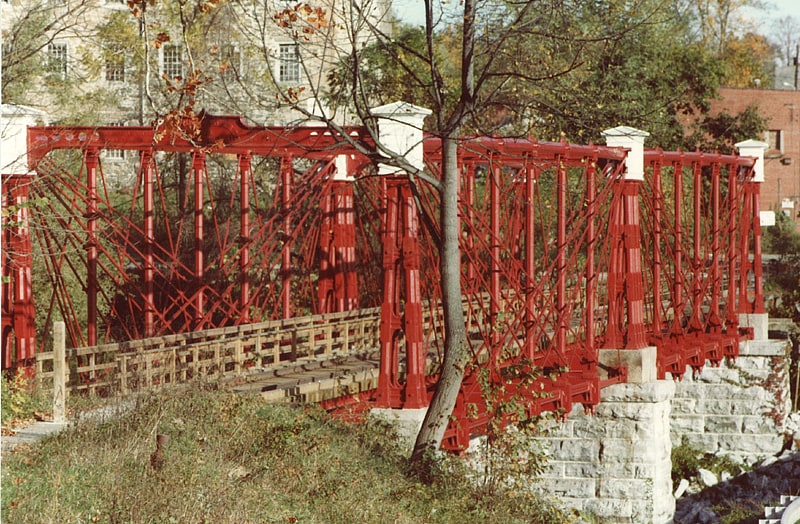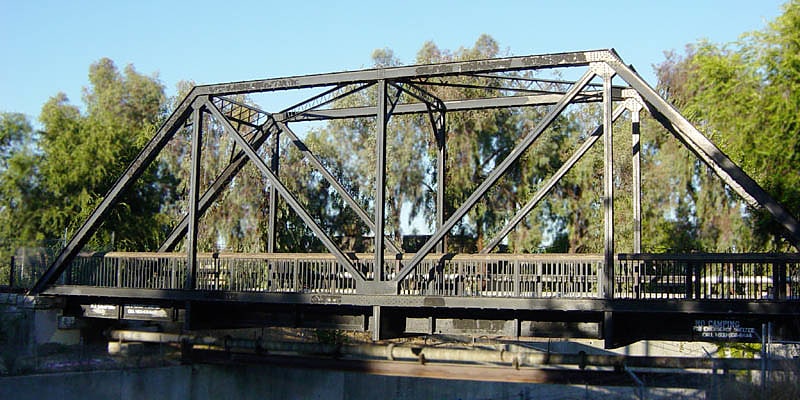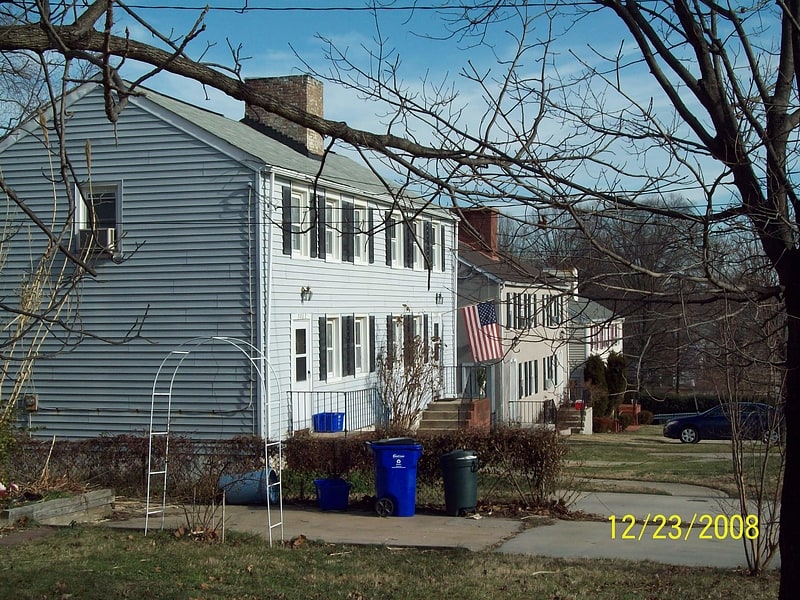Discover 4 hidden attractions, cool sights, and unusual things to do in Savage (United States). Don't miss out on these must-see attractions: Bollman Truss Railroad Bridge, Truss bridge, and Savage Mill Historic District. Also, be sure to include Carroll Baldwin Hall in your itinerary.
Below, you can find the list of the most amazing places you should visit in Savage (Maryland).
Table of Contents
Bollman Truss Railroad Bridge

Bridge in Howard County, Maryland. The Bollman Truss Railroad Bridge at Savage, Maryland is the sole surviving example of a revolutionary design in the history of American bridge engineering. The 160-foot double-span is a suspension truss bridge. The first Bollman bridge was installed on the site; however, the current bridge is not the original. The current bridge was built in 1852 and moved to the site thirty years later. It is one of the oldest standing iron railroad bridges in the United States. Currently, however, it is in use carrying the Savage Mill Trail across the Little Patuxent River.
The Bollman design was the first successful all-metal bridge design to be adopted and consistently used on a railroad. The type was named for its inventor, Wendel Bollman, a self-educated Baltimore civil engineer. Bollman formed two companies in Baltimore, the W. Bollman and Company and the Patapsco Bridge Company, to market the bridge in North and South America.
In 1966 the American Society of Civil Engineers introduced a new program, designating the bridge as the first-ever National Historic Civil Engineering Landmark. The bridge was listed on the National Register of Historic Places on December 18, 1972, and was designated a National Historic Landmark on February 16, 2000.[1]
Truss bridge

A truss bridge is a bridge whose load-bearing superstructure is composed of a truss, a structure of connected elements, usually forming triangular units. The connected elements may be stressed from tension, compression, or sometimes both in response to dynamic loads. The basic types of truss bridges shown in this article have simple designs which could be easily analyzed by 19th and early 20th-century engineers. A truss bridge is economical to construct because it uses materials efficiently.[2]
Savage Mill Historic District

The Savage Mill Historic District is a national historic district located at Savage, Howard County, Maryland. The district comprises the industrial complex of Savage Mill and the village of workers' housing to the north of the complex.
The site of Savage Mill on the rapids of the Little Patuxent River had been used for mill operations since the early 18th century. The district was part of a land grant named Ridgeley's Forest, surveyed in 1685 by Colonel Henry Ridgley. In 1750, Alexander Warfield built a mill along the river which was eclipsed by a larger construction chartered in 1812 by the Williams Brothers. By 1825, the mill employed 200 people including women and children, and 120 power looms for the production of cotton duck. The complex included several additions: a grist mill, an iron foundry, and a machine shop. The company was sold to William H. Baldwin, Jr. in 1847, who owned a Baltimore dry goods firm. In the early 20th century, the company became Baldwin, Leslie and Company, and the mill was expanded. A decade later the Baldwin family erected a stone community hall for the town and constructed a large group of tenant houses. From 1923 to 1941 the Carroll Baldwin Memorial Community Hall served as a movie theatre. For a brief period, the Maryland State Police set up an barracks in 1927-1929 leased from the Savage Manufacturing Company before relocating to Waterloo. By 1941 the company employed 325 people, and during World War II, produced 400,000 pounds of cotton duck a month. In 1948 the mill closed, and in the 1950s it spent a brief period being used to manufacture Christmas ornaments before closing permanently and converted for commercial use.
It was listed on the National Register of Historic Places in 1975.[3]
Carroll Baldwin Hall

Address: 9035 Baltimore St, Savage